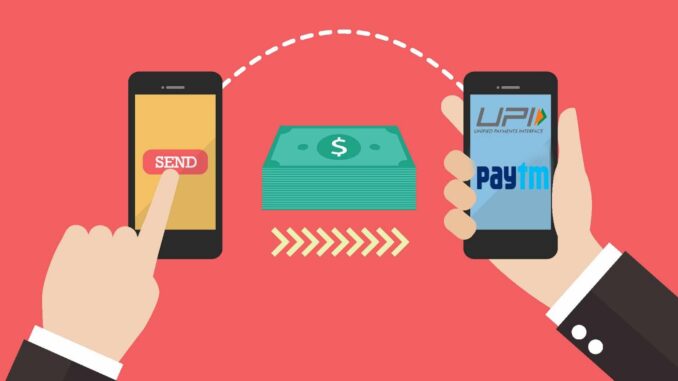
Table of Contents
What is the processing of payments?
A corporation known as a payment processor helps businesses and banks exchange money electronically (through ACH, digital wallets, and credit cards). In essence, payment processors manage all of the behind-the-scenes arrangements between retailers, banks, and credit card companies that make it possible for businesses to accept payments.
How does the processing of payments work?
When you use a credit card to purchase at a store, the payment processor works behind the scenes to validate and execute the transaction, transferring the funds from your account to the store’s account.
Here is what takes place when a client uses a credit card to pay:
- To make a transaction, consumer hands over their credit or debit card to the retailer To make a transaction, a consumer hands over their credit or debit card to the retailer. Either a physical payment terminal or an online payment page is used for this.
- The payment processor receives the card information after it passes via a payment gateway or portal that encrypts the customer’s personal information to protect privacy.
- To confirm that the consumer has sufficient credit (or cash if using a debit card) to cover the purchase, the payment processor subsequently sends a request to the customer’s issuing bank.
- The card issuer either accepts or rejects the transaction.
- To complete the transaction with the customer, the payment processor transmits this “approved” or “denied” information back to the store.
- When finished, the processor instructs the client’s bank to send money to the retailer’s bank account.
Payments HubSpot
Your payment processor and your sales and marketing tools are integrated via HubSpot Payments. Directly from your website, you can accept credit cards, debit cards, or ACH/eChecks. Alternatively, incorporate payment URLs into your bills, emails, and texts. Additionally, because it connects with your CRM, you can build up automatic workflows to immediately update the records of your customers with information about their purchases and payment activity.
PayPal
One of the most reputable and well-known companies for payment processing is PayPal. It’s free to sign up, and they give you all the resources you need to set up a secure payment gateway for site visitors and incorporate PayPal payments into your website. A platform is a wonderful option for foreign businesses due to its extensive reach.
Stripe
For online businesses, Stripe provides a variety of choices like configurable checkouts, subscription management tools, and recurring payment alternatives. All of the major credit cards, mobile payment apps, wallets, and more are supported by Stripe.
Square
Square made its entrance into the world of payment processing by developing a dongle that merchants could plug into their mobile phones to accept credit card payments.
Since then, they’ve improved their software to accommodate all the main methods of payment processing and several practical features for both brick-and-mortar stores and internet retailers. Even better, you can integrate all of their point-of-sale (POS) technologies while building a simple website for free. Additionally, they provide paid solutions for a unique website.
Google Pay
Google Pay is free; businesses only pay transaction fees when customers use their credit or debit cards. Businesses, websites, and apps can use Google Pay’s payment service. The APIs for Google Pay help you give your consumers a wonderful checkout and payment experience. The hundreds of millions of cards saved to Google Accounts throughout the world will be secure and simple to access if you integrate Google Pay into your website. This will allow customers to pay for your products conveniently and safely.
Apple Pay
Cost: Apple Pay is free; businesses only pay transaction fees when customers use their credit or debit cards to make purchases.
Apple Pay can be accessed through apps, websites, retail, Business Chat, and iMessage. It enables Apple users to enter contact, financial, and shipping information during checkout swiftly and securely. With Apple Pay, clients of your online store can check out instantly on apps and websites without having to search for their credit cards. Apple consumers only need to select “Apple Pay” as their payment method on a website, confirm the transaction with a single tap (on their iPhone, Apple Watch, etc.), and they are ready to go.
Business Venmo
PayPal owns the mobile payment system and app known as Venmo For Business. Users can choose to make payments using your website or mobile app. On Venmo, you can create a business profile so that users can locate you easily. Additionally, if you integrate Venmo with your website, it will show up as a payment choice next to the PayPal payment option. The customer will be taken to their Venmo app to complete the transaction after choosing the Venmo option at checkout. Any page of your e-commerce site that displays the option to pay using PayPal can also have the Venmo payment option added to it. This includes your product pages.

Leave a Reply